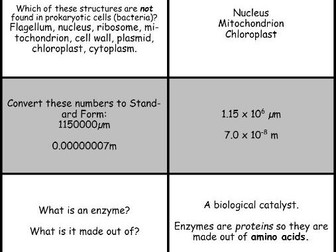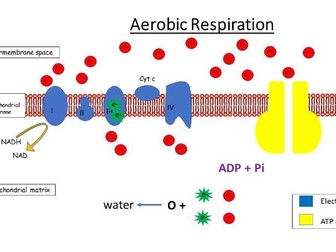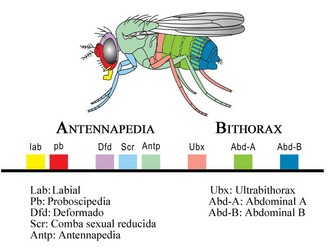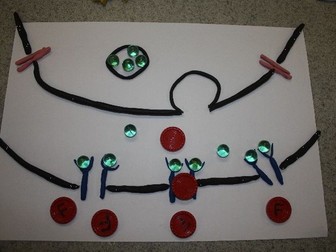Edexcel Biology GCSE (9 - 1) flash cards
<p>Revision flash cards <strong>and</strong> Q/A matching activity - all in one!<br />
Two sets of revision flash cards for the Pearson Edexcel Biology GCSE (9 - 1) course. They include 2 or 3 questions relating to <strong>every</strong> chapter in the Pearson GCSE Biology textbook.<br />
Set 1 covers Paper 1 (Units 1 - 5).<br />
Set 2 covers Paper 2 (Units 1 & 6 - 9).</p>
<p><em>Higher tier questions are highlighted with grey backgrounds.</em></p>
<p>There are 2 versions of each set; the back-to-back set is arranged for double-sided printing to give ready-made cards with question on one side and answer on the other, so you can print directly onto A4 sheets of card, or laminate a paper copy.<br />
** (I did find that the alignment was a bit off when I used my automatic ‘print on both sides’ setting, but manually feeding the paper got the alignment bang on.)**</p>
<p>The other set of each has question and answer paired, so you can cut them out, fold in half and glue or laminate to make the cards. Also, these could be used for a matching exercise if you separate the questions from the answers.</p>



